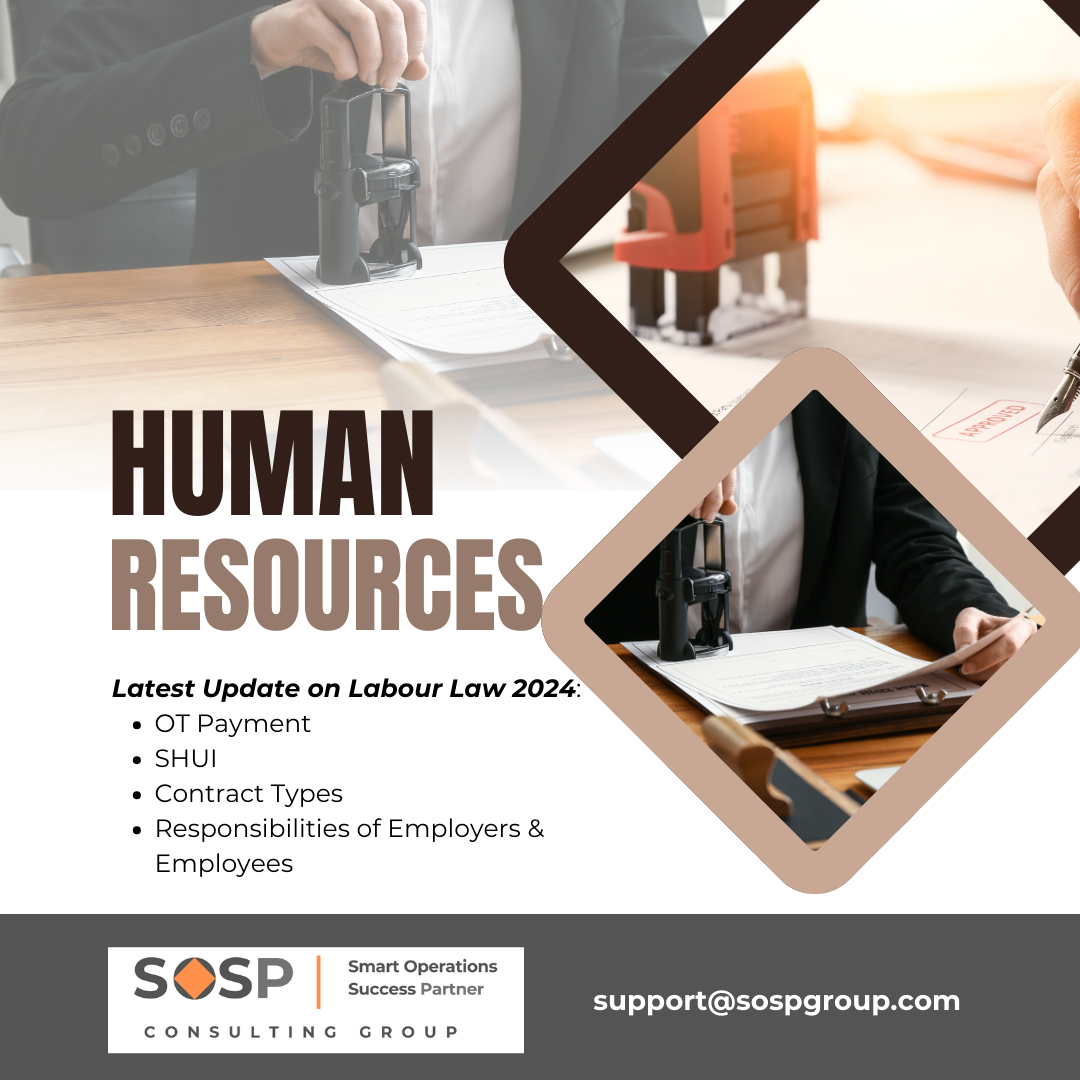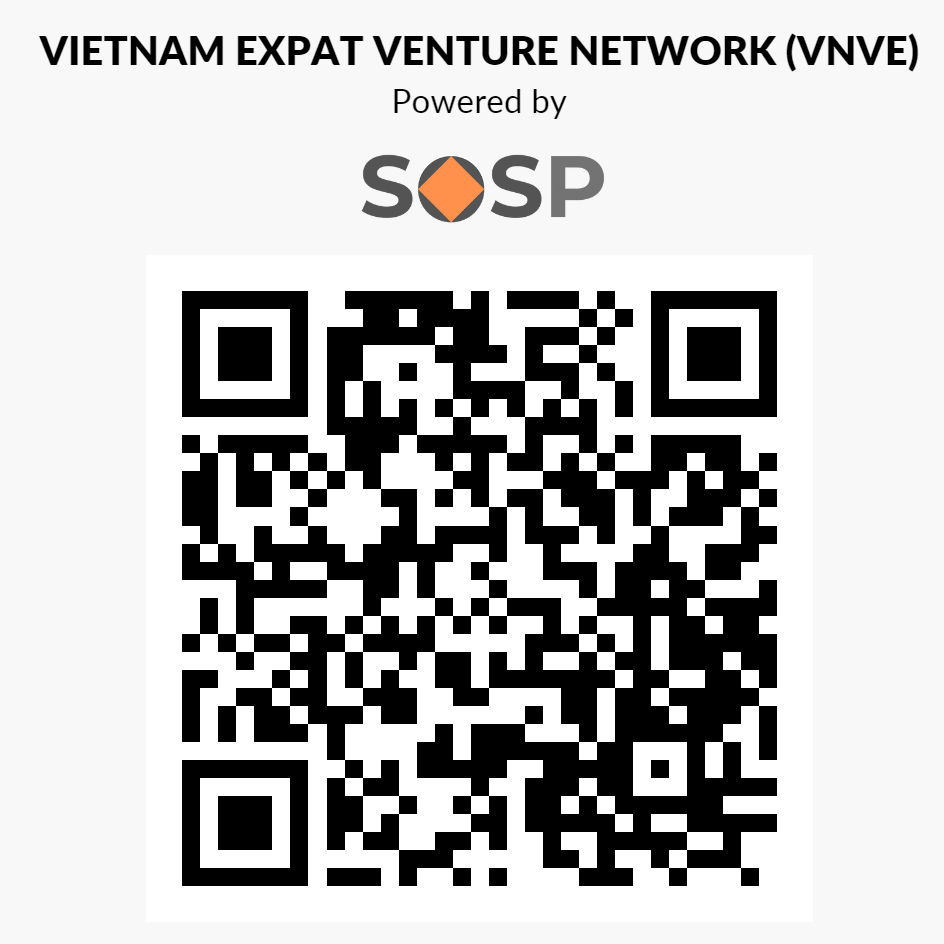A Brief of Labour Law: OT Payment, SHUI, Contract Types, and Responsibilities of Employers & Employees (Updated 2024)
As a trusted business advisor, we understand the importance of staying compliant with local labor laws while ensuring a positive return on investment through strategic people investment. This article provides a comprehensive overview of Vietnam's labor laws, focusing on OT (Overtime) payment, social insurance, unemployment insurance, medical insurance (SHUI), contract types, benefits, and the responsibilities of both employers and employees. Our goal is to help you navigate these regulations effectively and optimize your workforce management.

1. Understanding OT Payment
Vietnamese labor law includes detailed provisions regarding overtime (OT) payment to ensure fair compensation for employees working beyond their standard hours:
a. Standard OT Rates
Type of Day
OT Rate
Normal Working Days
150% of the regular hourly wage
Weekends
200% of the regular hourly wage
Public Holidays & Paid Leave Days
300% of the regular hourly wage
|
Type of Day |
OT Rate |
|
Normal Working Days |
150% of the regular hourly wage |
|
Weekends |
200% of the regular hourly wage |
|
Public Holidays & Paid Leave Days |
300% of the regular hourly wage |
b. Limitations on OT Hours
Limitation
Details
Monthly Limit
No more than 30 hours
Annual Limit
No more than 200 hours*
*Extensions
Up to 300 hours for specific industries, with approval
|
Limitation |
Details |
|
Monthly Limit |
No more than 30 hours |
|
Annual Limit |
No more than 200 hours* |
|
*Extensions |
Up to 300 hours for specific industries, with approval |
Best Practice: Implement a reliable time-tracking system to monitor and record overtime hours accurately. Ensure compliance with OT payment rates and limitations to avoid legal issues and promote employee well-being.
2. Social Insurance, Unemployment Insurance, Medical Insurance, and Labor Accident & Occupational Disease Fund (SHUI)
Vietnamese labor law mandates contributions to Social Insurance, Unemployment Insurance, Medical Insurance, and the Labor Accident & Occupational Disease Fund (SHUI) to ensure the welfare of employees. Both employers and employees are required to contribute to these funds.
|
Type of Insurance |
Employer Contribution |
Employee Contribution |
|
Social Insurance (SI) |
17% |
8% |
|
Unemployment Insurance (UI) |
1% |
1% |
|
Medical Insurance (HI) |
3% |
1.5% |
|
Labor Accident & Occupational Disease Fund |
0.5% |
0% |
Summary of SHUI Contributions:
|
Contributor |
Total Contribution (%) |
|
Employer |
21.5% |
|
Employee |
10.5% |
Best Practice: Ensure timely and accurate contributions to SHUI to maintain compliance and support employee welfare. Consider partnering with a payroll service provider to manage these contributions efficiently.
3. Public Holidays
Employees in Vietnam are entitled to 11 public holidays per year, during which they are entitled to full pay. The public holidays are:
|
Holiday |
Date |
|
New Year's Day |
January 1 |
|
Lunar New Year (Tet) |
5 days (usually late January or early February) |
|
Hung Kings' Commemoration Day |
10th day of the 3rd lunar month |
|
Reunification Day |
April 30 |
|
International Labor Day |
May 1 |
|
National Day |
September 2 (plus one additional day) |
Best Practice: Plan your workforce schedule around these holidays to ensure operational continuity while respecting employees' rights to paid leave.
4. Contract Types
In 2024, the Vietnamese labor law continues to recognize three primary types of labor contracts:
|
Contract Type |
Description |
|
Indefinite-term Contracts |
No specified end date; ideal for long-term employment relationships. |
|
Definite-term Contracts |
Specified duration (12 to 36 months); suitable for projects or probationary purposes. |
|
Seasonal/Specific-task Contracts |
Short-term contracts for tasks that do not exceed 12 months; perfect for seasonal work or specific projects. |
Best Practice: Ensure that the contract type aligns with the nature of the job and the duration of the employment relationship to avoid legal complications.
5. Employer Responsibilities
The updated law places a significant emphasis on the responsibilities of employers, including:
a. Workplace Safety
Employers must ensure a safe working environment, complying with occupational safety and health regulations. Regular training and safety audits are essential.
b. Non-discrimination
Strict anti-discrimination policies must be enforced in hiring, compensation, and promotions. This fosters an inclusive and fair workplace.
c. Employee Training
Providing regular training and development opportunities is mandatory, helping employees to upgrade their skills and adapt to new technologies.
Best Practice: Develop comprehensive workplace policies that cover safety, non-discrimination, and training. Regularly review and update these policies to remain compliant with the latest laws.
6. Employee Responsibilities
Employees also have defined responsibilities under the new law, ensuring a balanced and productive work environment:
a. Compliance with Company Policies
Employees must adhere to company rules and regulations, including those related to work hours, safety protocols, and ethical behavior.
b. Performance and Conduct
Maintaining a high standard of performance and professional conduct is expected. Employees should strive to meet job expectations and contribute positively to the workplace.
c. Continuous Learning
Employees are encouraged to participate in training programs and continuous learning initiatives to stay relevant in their roles.
Best Practice: Foster a culture of accountability and continuous improvement among employees. Encourage open communication and feedback to address any issues proactively.
Conclusion
Staying updated with the latest labor laws is crucial for compliance and optimizing your workforce strategy. By understanding the changes in OT payment, social insurance, unemployment insurance, medical insurance, labor accident & occupational disease fund contributions, contract types, and clearly defining the responsibilities of both employers and employees, you can create a harmonious and productive work environment.
For further guidance and tailored solutions, feel free to contact us at SOSP. We are here to help you navigate these changes seamlessly and ensure your business thrives.
References:
-
Vietnam Labour Law 2024: Vietnam Ministry of Labour
-
Vietnam Social Security (VSS)
Disclaimer: This article provides a general overview and should not be taken as legal advice. Always consult with qualified professionals for specific legal and HR guidance.
Vietnam Labour Law 2024: Vietnam Ministry of Labour
Vietnam Social Security (VSS)






